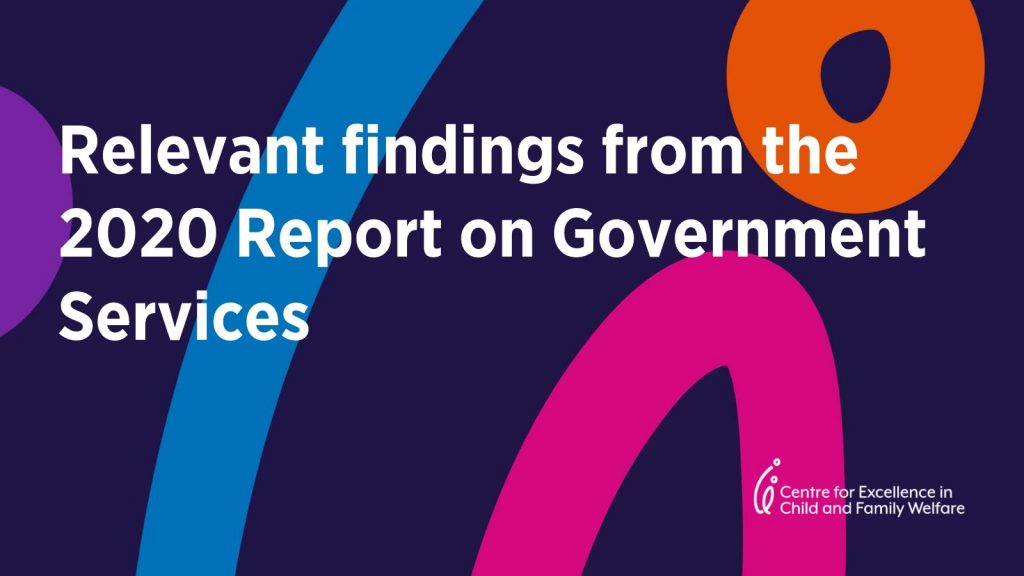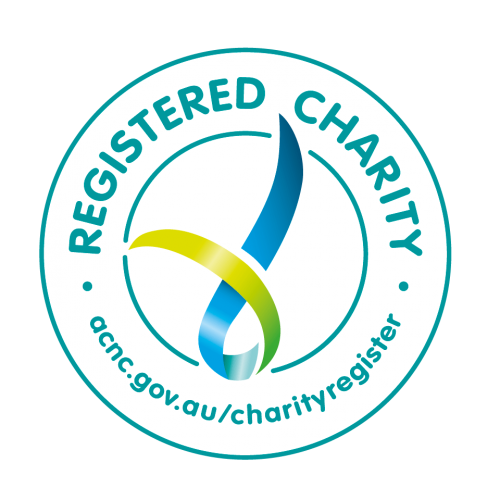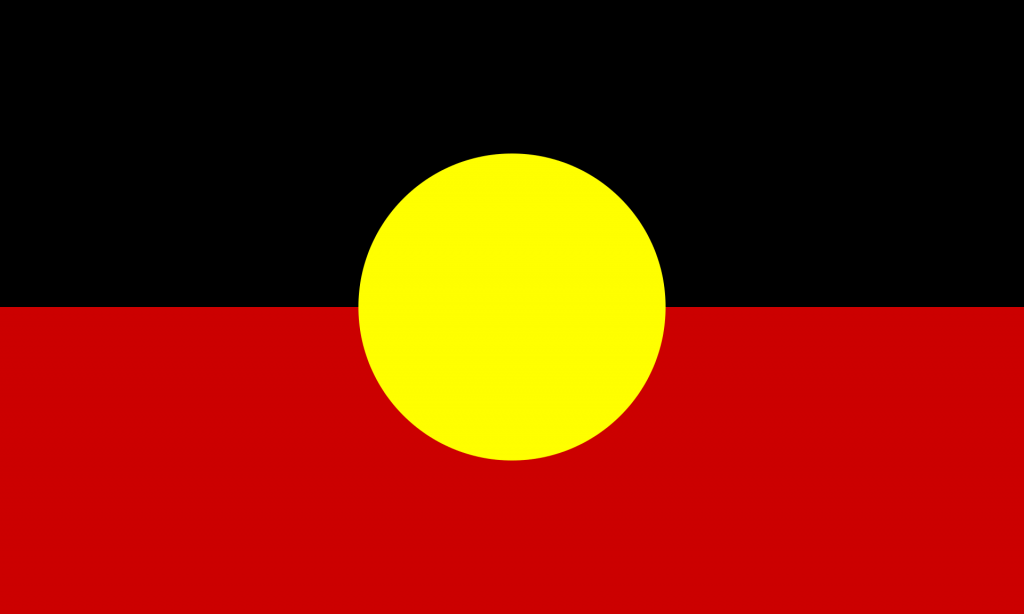The Commonwealth Government is progressively releasing its annual Report on Government Services (ROGS). ROGS provides comparative data across jurisdictions for the purposes of service improvement.
Below are some relevant findings from the 2020 Report on Child Protection Services:
- Nationally, 275,015 children (0-17 years) were the subject of notifications at 30 June 2020.
- 48,886 children were the subject of a substantiation in 2019-20.
- 60,903 children were on care and protection orders. Of these, 23,344 were Aboriginal and Torres Strait Islander children.
- 45,996 children were in out-of-home care (OOHC). Of these, 18,862 were Aboriginal or Torres Strait Islander children. Of the additional 9677 children who were in other supported placements, 2,719 were Aboriginal or Torres Strait Islander children.
- The proportion of children in out-of-home care who were placed with relatives or kin was 53.6 per cent, with the proportion similar for Aboriginal and Torres Strait Islander children and non-Indigenous children.
- 86.2 per cent of children who left out-of-home care to a permanency arrangement in 2018-19 did not return to out-of-home care in the following 12 months.
- Australia’s total recurrent expenditure on family support services, intensive family support services, protective intervention services and care services was $6.9 billion in 2019-20. Of this expenditure, care services accounted for $4.1 billion or 59.%.
- Aboriginal and Torres Strait Islander children continue to be over represented in the child protection system.
Below are some relevant findings from the 2020 Report on Youth Justice Services:
- Nationally, the average daily number of young people (aged 10-17 years) under youth justice supervision in 2019-20 was 4,266.
- On an average day during this period, 85.3% of these young people were supervised in the community. The remainder were in detention.
- Nationally, the average daily rate of detention and of community-based supervision was the lowest for the six years of reported data.
- The average daily detention rate for Aboriginal and Torres Strait Islander children and young people was 18 times the rate of their non-Aboriginal peers in detention during this period.
- Consistent with previous years, in 2019-20, 93.2% of all concluded group conferences resulted in an agreement. This percentage is broadly similar for Aboriginal and Torres Strait Islander young people and for their non-Aboriginal peers.
- Nationally (excluding the NT) in 2019-20, 99.8 per cent of young people in detention and of compulsory school age were attending an education course and 99.9 per cent of young people in detention not of compulsory school age were attending an accredited education or training course.
- There were no deaths of young people while in the legal or physical custody of an Australian youth justice agency during 2019-20.
- Nationally, 58.7 per cent of young people aged 10–16 years at the time of their release from sentenced supervision in 2017-18 returned within 12 months of release, a slight increase on the previous three years.
- Nationally, the total recurrent expenditure on detention-based supervision, community-based supervision and group conferencing was $1.0 billion in 2019-20. Detention-based supervision accounted for 58.1 per cent, or $584.5 million, of this expenditure.
Read more about the Report.






